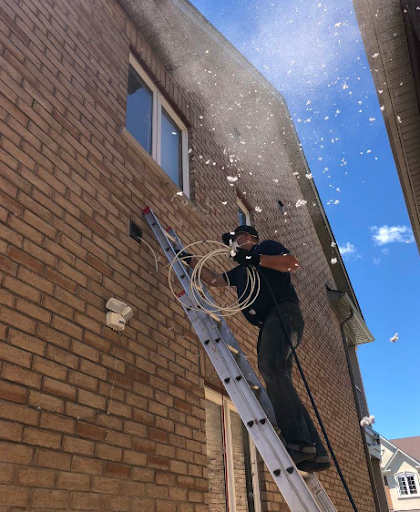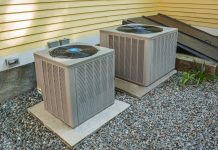There is no doubt that ductwork cleaning helps improve the efficiency of a HVAC system and hence enhances the quality of the indoor air. That is undebatable. However, the question is: should you call a professional to complete the job or is it something you can do yourself?
If your pockets are not deep, it will be favourable for you to DIY. On the other hand, it is advisable to hire a professional to handle this work. Some issues may be tricky for you to handle and that is why you are encouraged to choose professional air duct cleaning services rather than DIY.
1. Things You Should Know Before You Start
If you have decided to DIY, there are various factors you must comprehend concerning ductwork cleaning, such as:
- DIY is not easy to do. If you are not used to it, it can consume a good chunk of your time that could be better spent on business activities.
- DIY work is not for the squeamish. During this process, you will uncover insect droppings, insects, mold and all sorts of odd things. It is possible you will encounter a rotting dead rodent.
- If you opt for DIY ductwork cleaning, you can give it your best and try to make it super clean and minimise dust, but there are limits as to what you can do. To ensure longevity for your air conditioning, understand the extent of your expertise.
- As a DIYer, you may not have the necessary tools needed. Without these professional tools, it will be hard to get the same results as when an expert does the work.
2. What Tools Do You Need for Duct Cleaning?
- Heavy-duty gloves, goggles and mask.
- A screwdriver. Make sure it is compatible with the screws in the grill plates.
- Rags or paper towels.
- A stiff-bristle brush. Should have a long handle.
- A vacuum.
3. DIY Step-by-Step Guide
- Unscrew the screws from the duct plates.
- Cover the air supply registers temporarily using a clot. Take out the unscrewed register and then tuck a cloth under it to hold the cloth in place. This blocks dust from entering your rooms during the cleaning process.
- Put the thermostat in position. The fan is helpful in driving out the loosened dust. Ensure the heating and cooling modes are switched off.
- Use your stiff bristle brush to loosen the dust. Tap the big clumps of dirt if they cannot be removed with the brush.
- Use the vacuum hose to suction the debris and any dust blown by the fan.
- Clean the air registers one at a time using a vacuum and brush.
- Change worn-out and dirty HVAC air filters.
4. What If You Encounter Mold?
If you find mold, call professional duct cleaners. They have the necessary tools for eliminating dangerous mold. If there is any mold insulation, the problem could be more prominent since there is no guaranteed way to get rid of the insulation. However, an HVAC expert can help.
Find a Home-Based Business to Start-Up >>> Hundreds of Business Listings.

















































